Luxury Resort Architecture: What Defines Distinction
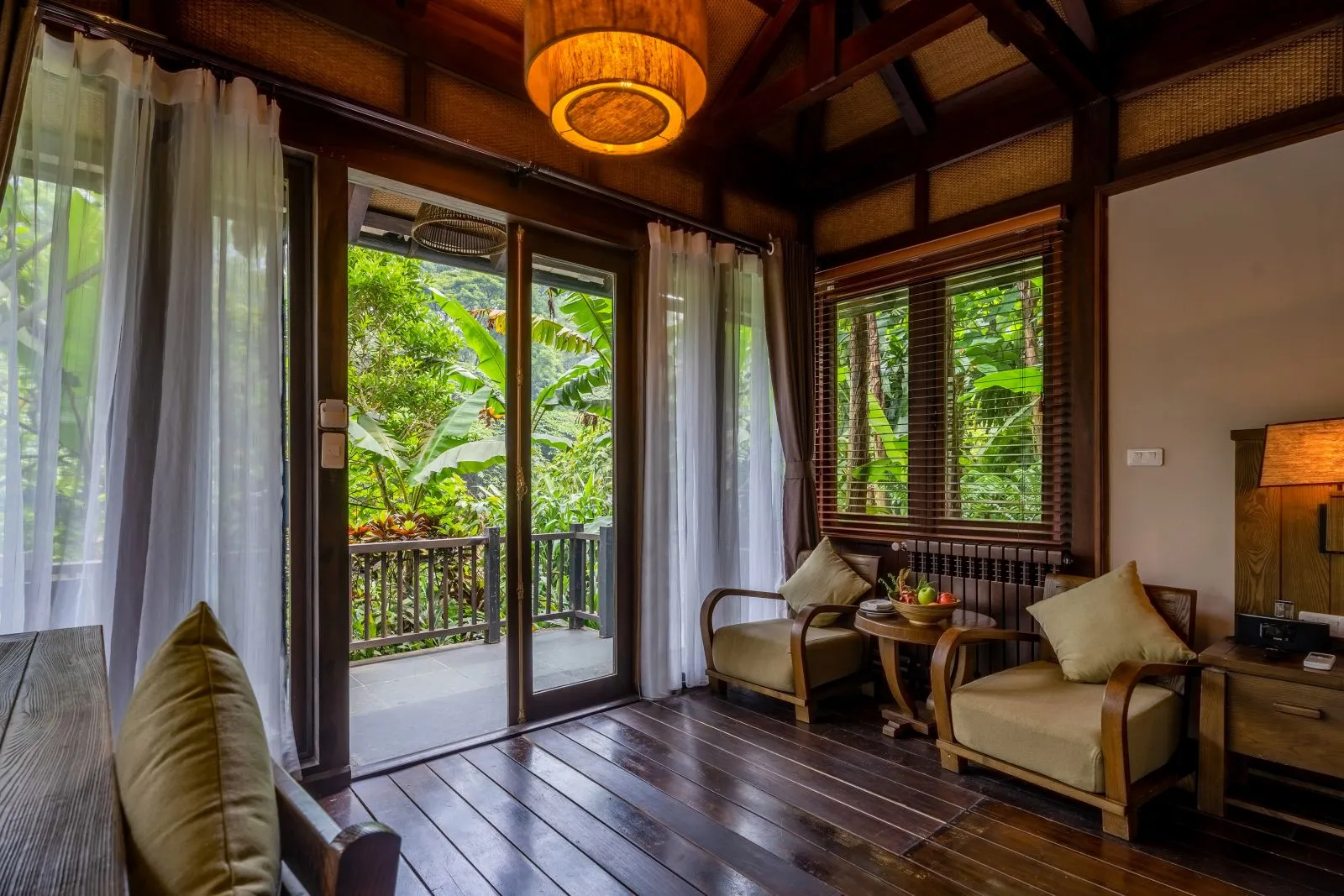
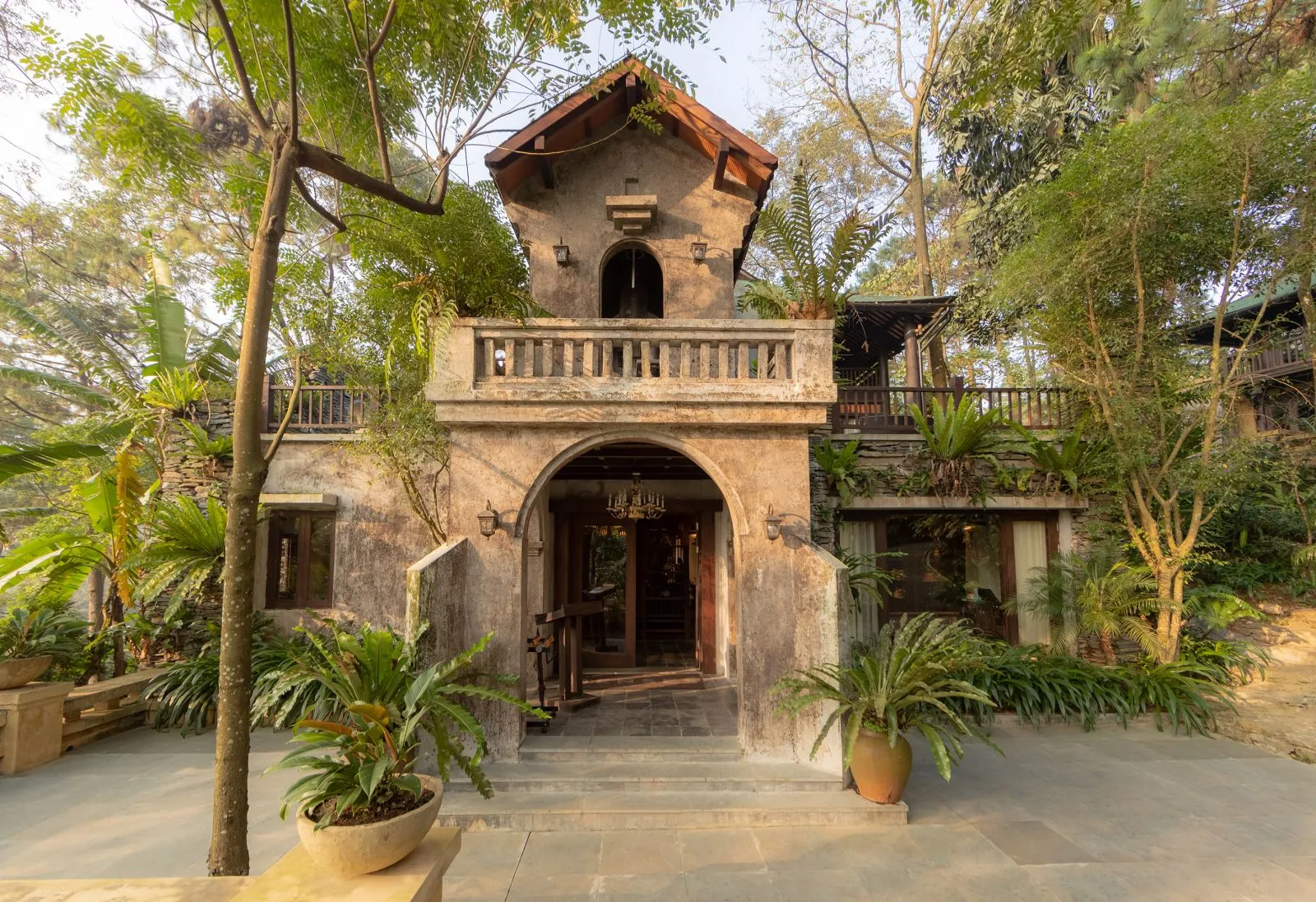
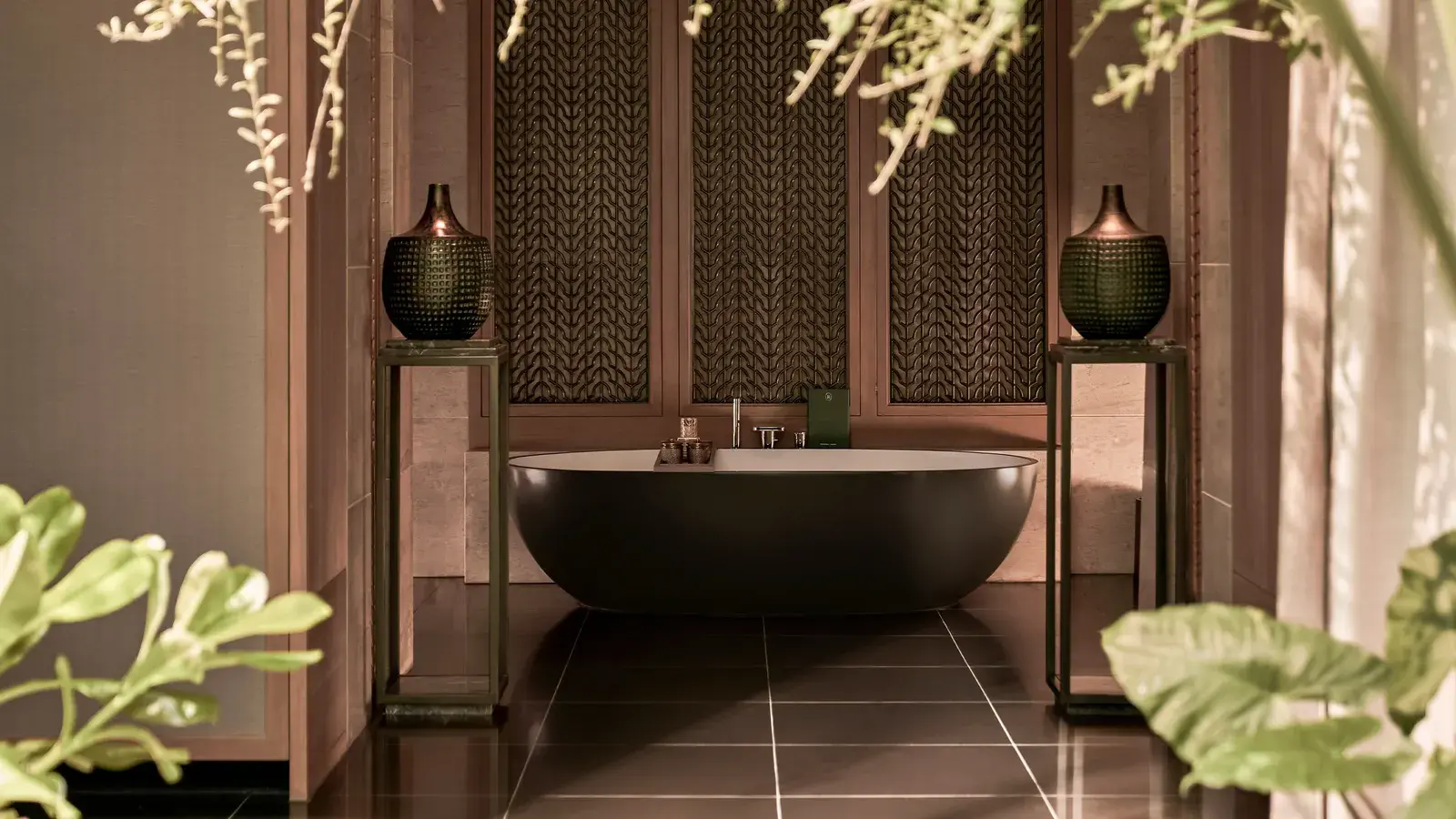

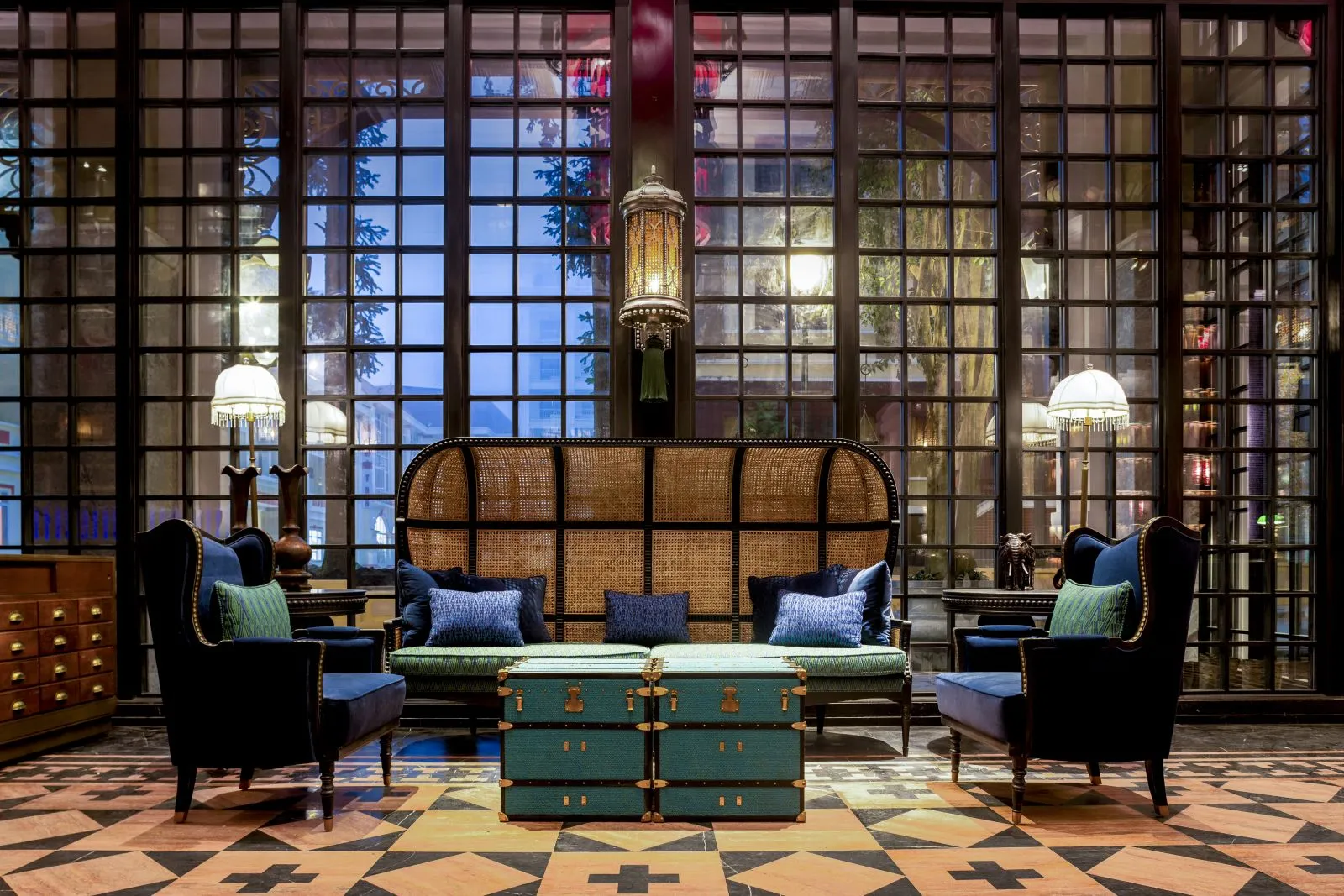
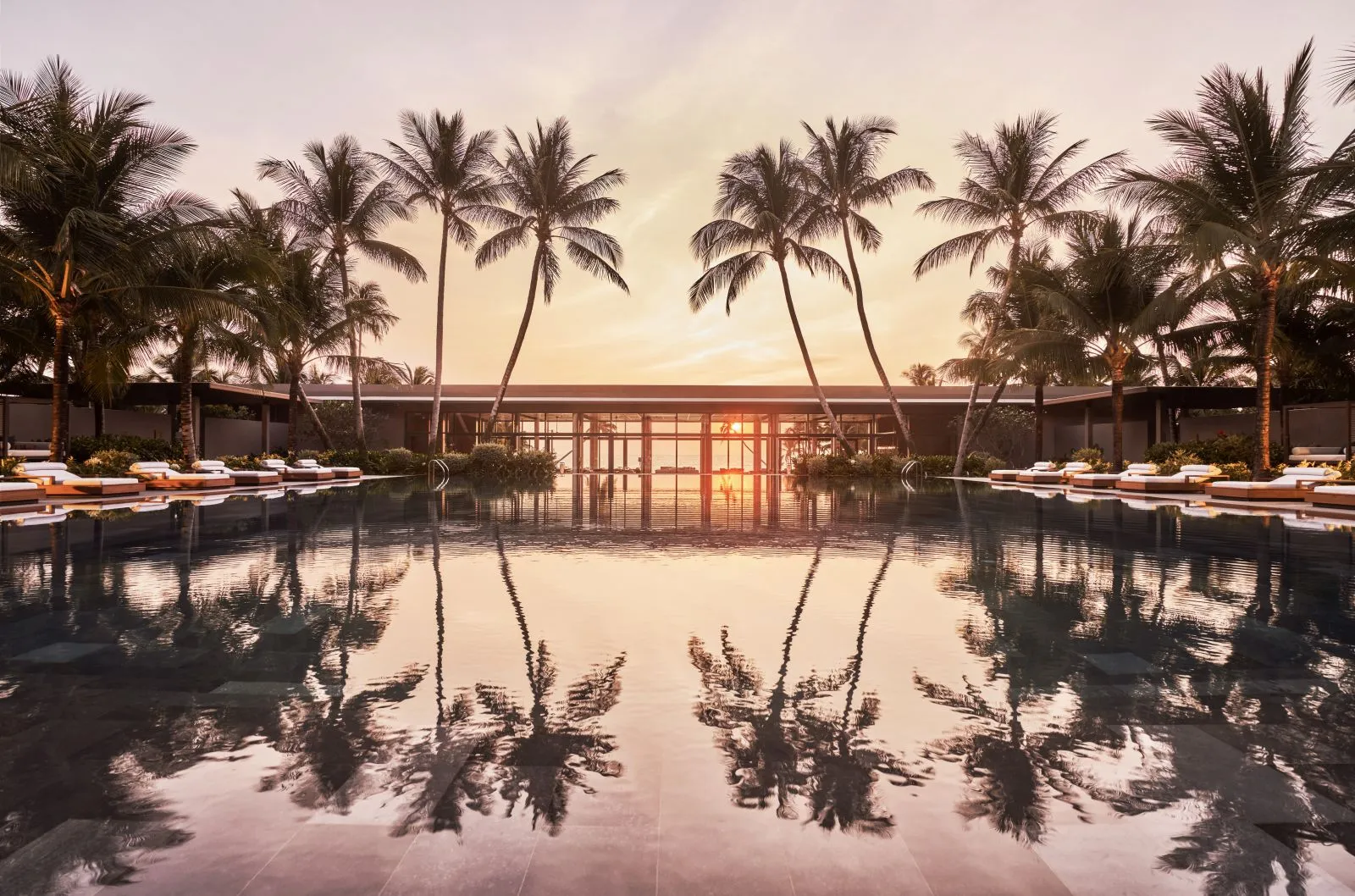
Alongside Michelin-starred cuisine and world-class hospitality, architecture plays a vital role in shaping the quality of guest experiences at leading luxury resorts.
Located in the heart of Sa Pa, Hotel de la Coupole – MGallery Collection immediately immerses visitors in the charm of classic French design. In contrast, The Reverie Saigon impresses guests with its Italian craftsmanship and opulent details. For those who find peace in nature, Regent Phu Quoc and Meliá Ba Vì Mountain Retreat offer immersive experiences that bring travelers closer to the essence of the land.
Whether set amidst mountain ranges or overlooking the ocean, in bustling cities or tranquil retreats, these luxury resorts transform ordinary vacations into captivating journeys. The challenge for today’s high-end resorts lies in creating a distinctive experience that reflects the identity of the destination while maintaining the brand’s prestige and core values. Beyond location and exclusivity, architecture provides the clearest expression of this ambition.
What, then, defines the difference in luxury resort architecture, and why does it hold such significance in the guest experience?
Sense of Place
The foundation of any successful design begins with an exceptional site. In the luxury hospitality segment, location is essential. Owning unique and inspiring land not only enhances value but also fuels creativity. Modern travelers increasingly seek destinations that reflect the character of a place. To convey this sense of place, a resort’s architecture must embody local culture and identity. Inspiration may come from traditional attire, cuisine, color palettes, landscapes, or everyday life. Local materials further strengthen this authenticity, harmonizing the structure with its surroundings and creating an emotional connection between guests and the environment.
Preserving Brand Identity
Defining luxury in design is a complex challenge. Without depth and refinement, even the most lavish concepts can feel hollow. High-end travelers are discerning and well-informed, expecting a narrative that aligns with both the brand’s heritage and their personal sensibilities. Through design language, each luxury property must tell its brand story while balancing function and aesthetics. Regional characteristics should be woven seamlessly with the brand’s visual identity. Elements such as color palettes and spatial rhythm must work together to evoke the atmosphere and emotion that the brand wishes to convey.
Spatial Planning and Layout
Once the concept is approved, the next step is spatial planning and layout design. This process involves analyzing the available area to create an intuitive and functional arrangement that enhances guest flow and comfort. Each space should serve its intended purpose effectively while contributing to a cohesive experience. Thoughtful circulation design ensures that guests move smoothly from one area to another, maintaining a natural rhythm throughout the resort.
Premium Materials and Finishes
One of the cornerstones of luxury design is the use of premium materials and meticulous finishes. Materials must not only appeal visually but also offer durability and longevity. Investing in quality materials elevates the overall perception of the property. From flooring to furnishings, every detail should reflect sophistication and endurance. Sustainability has become an indispensable aspect of modern design. Using eco-friendly materials and implementing energy-efficient systems demonstrate environmental responsibility, an increasingly important consideration for today’s conscious travelers.
The Power of Award-Winning Design
Receiving prestigious design awards reinforces a resort’s credibility and enhances its brand value. Recognition from global institutions draws attention from potential guests and industry professionals alike. A celebrated design often becomes a symbol of excellence, inspiring travelers to experience it firsthand. Guests are drawn to such destinations not only for the aesthetic allure but also for the prestige of being part of an acclaimed story. Every photograph taken, every moment spent within these acclaimed spaces contributes to the legacy of the place.
Architectural design, when executed with authenticity and vision, enriches every layer of the guest experience. It strengthens brand identity, amplifies emotional connection, and ultimately sets luxury resorts apart in a competitive global landscape.
Recent Post

Nha Trang Crab Vermicelli: A Coastal Twist on a Northern Classic
Among Vietnam&rsqu...
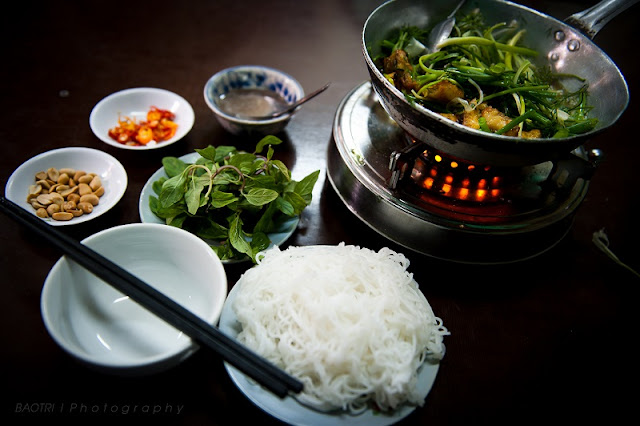
Cha Ca La Vong: The Iconic Hanoi Turmeric Fish with Dill
Among the many bel...
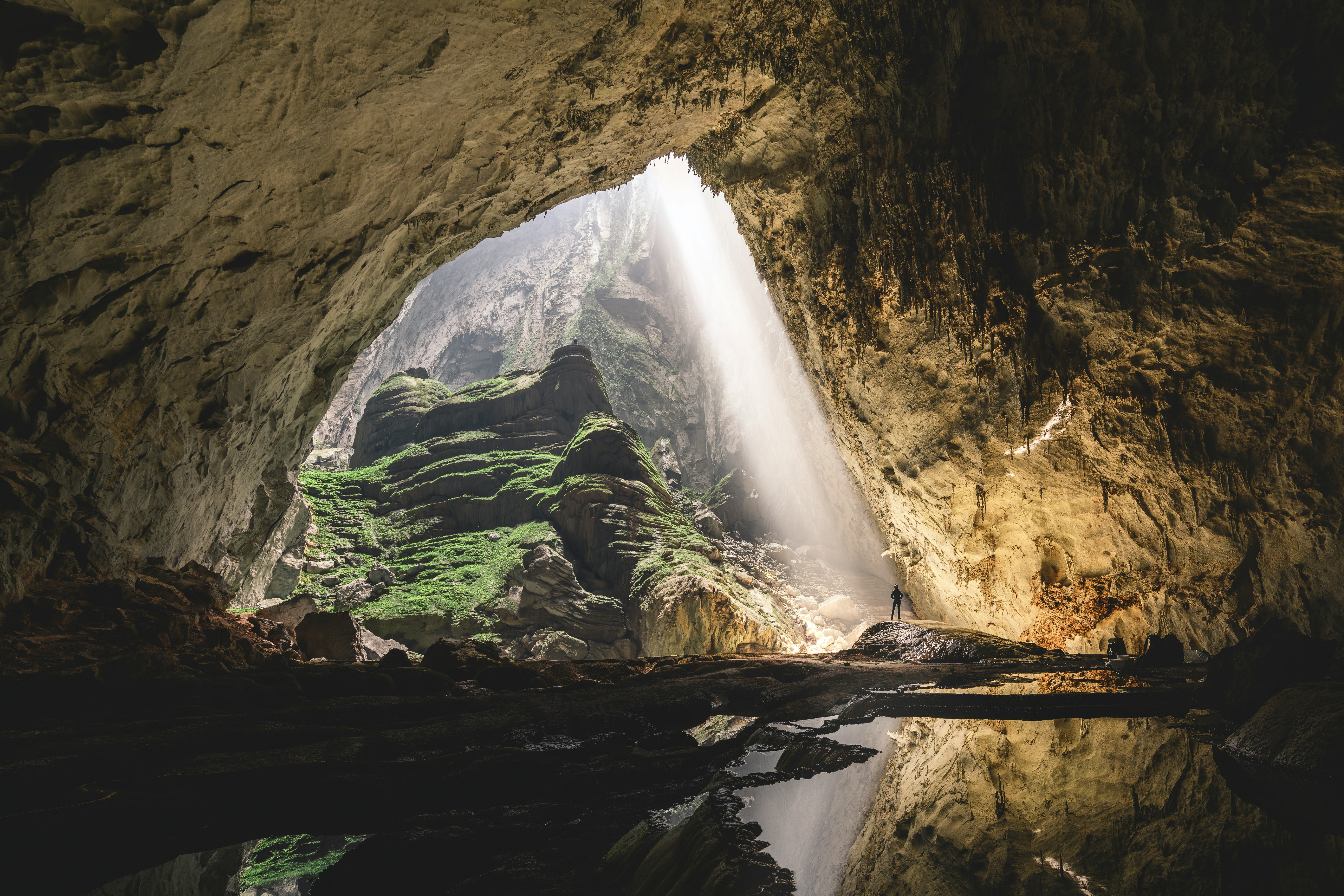
Son Doong Cave - Vietnam’s Emerging Natural Wonder and Tourism Magnet
Located in the cen...

Trang An Scenic Landscape Complex - The “Ha Long Bay on Land” of Ninh Binh
Recognized by UNES...

Hanoi Ranks Second Among Asia’s Top Honeymoon Destinations
Hanoi, the capital...

10 Smart Ways to Travel Better While Saving More
Today’s trav...

